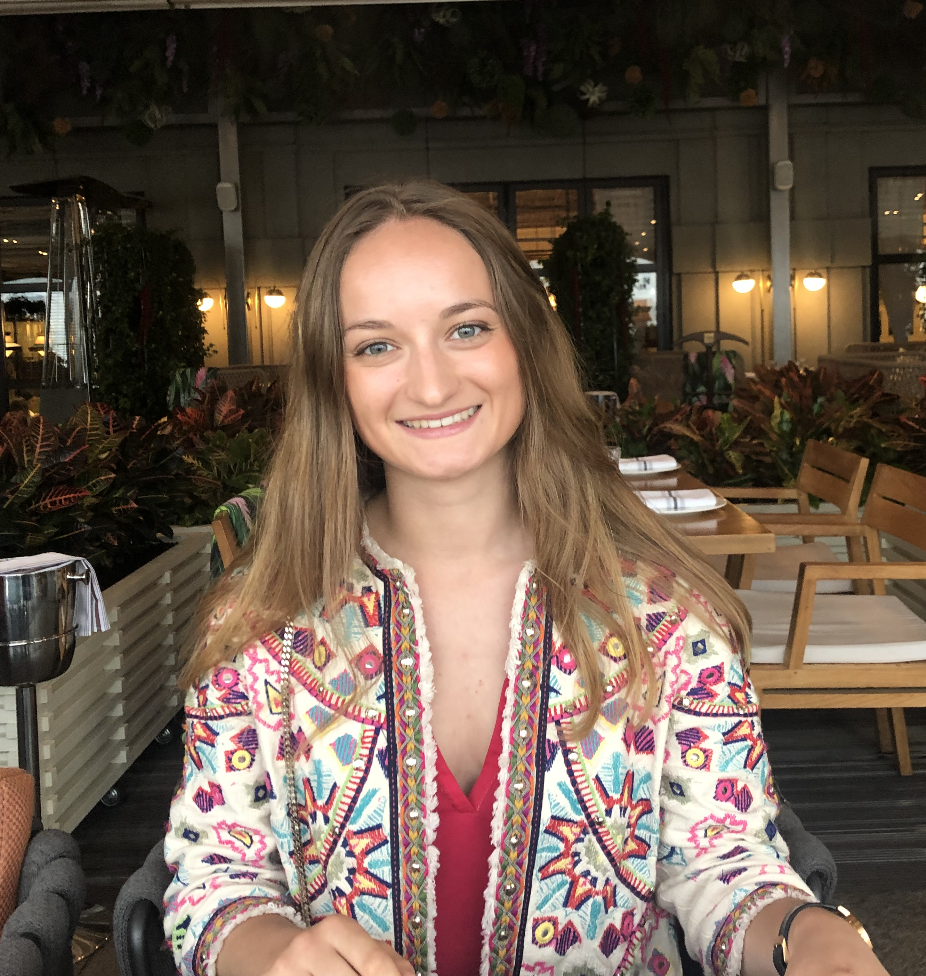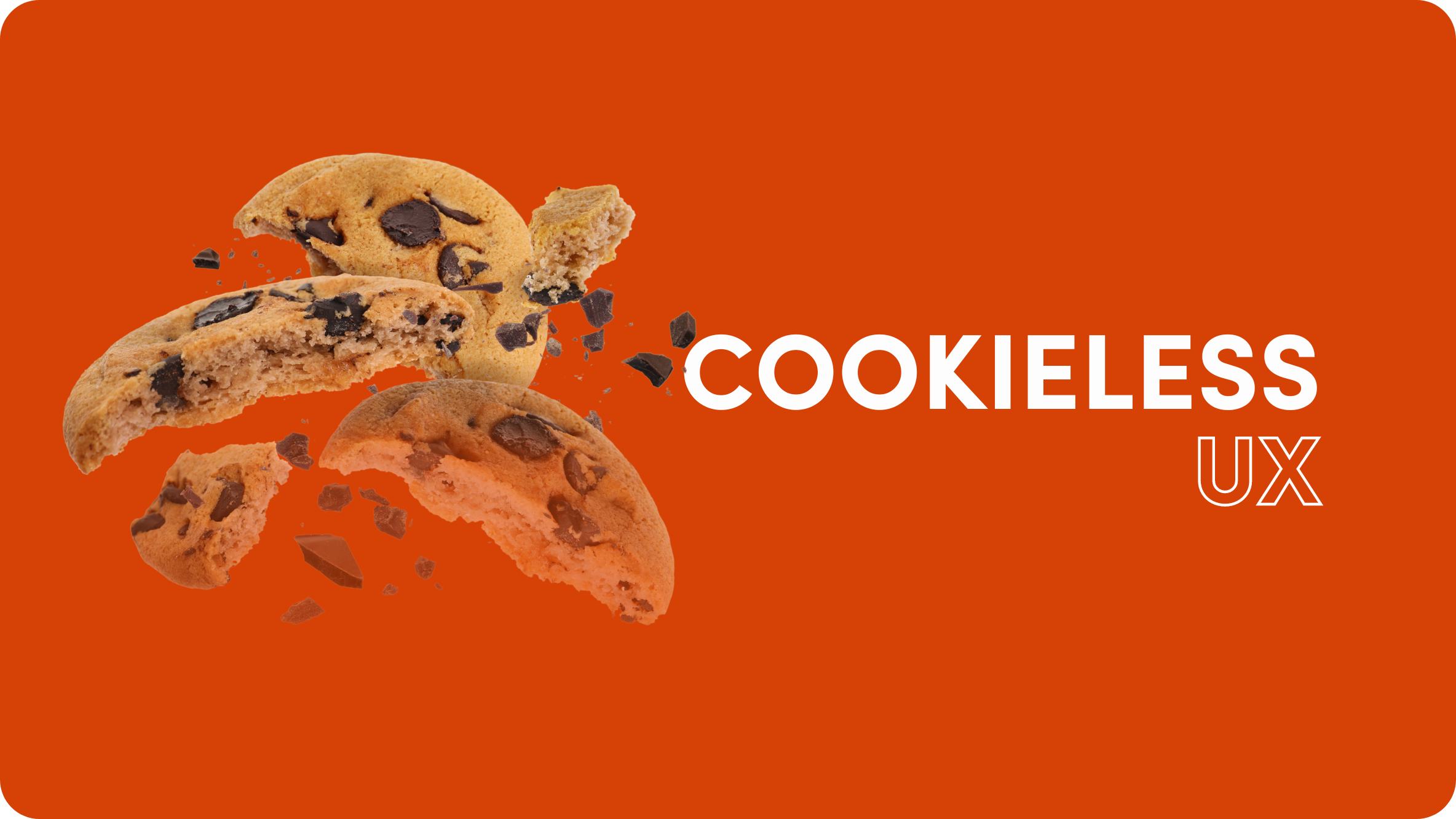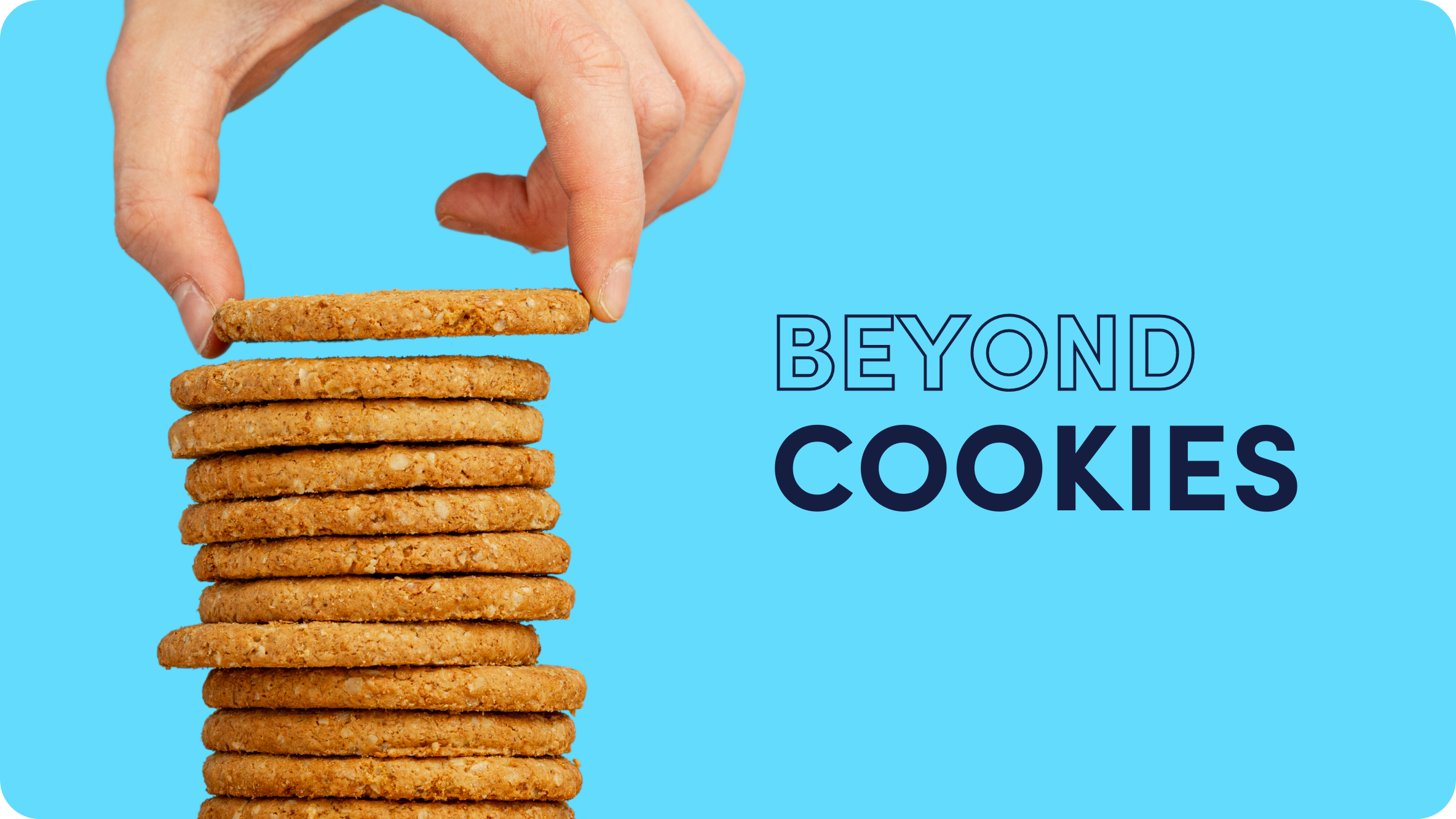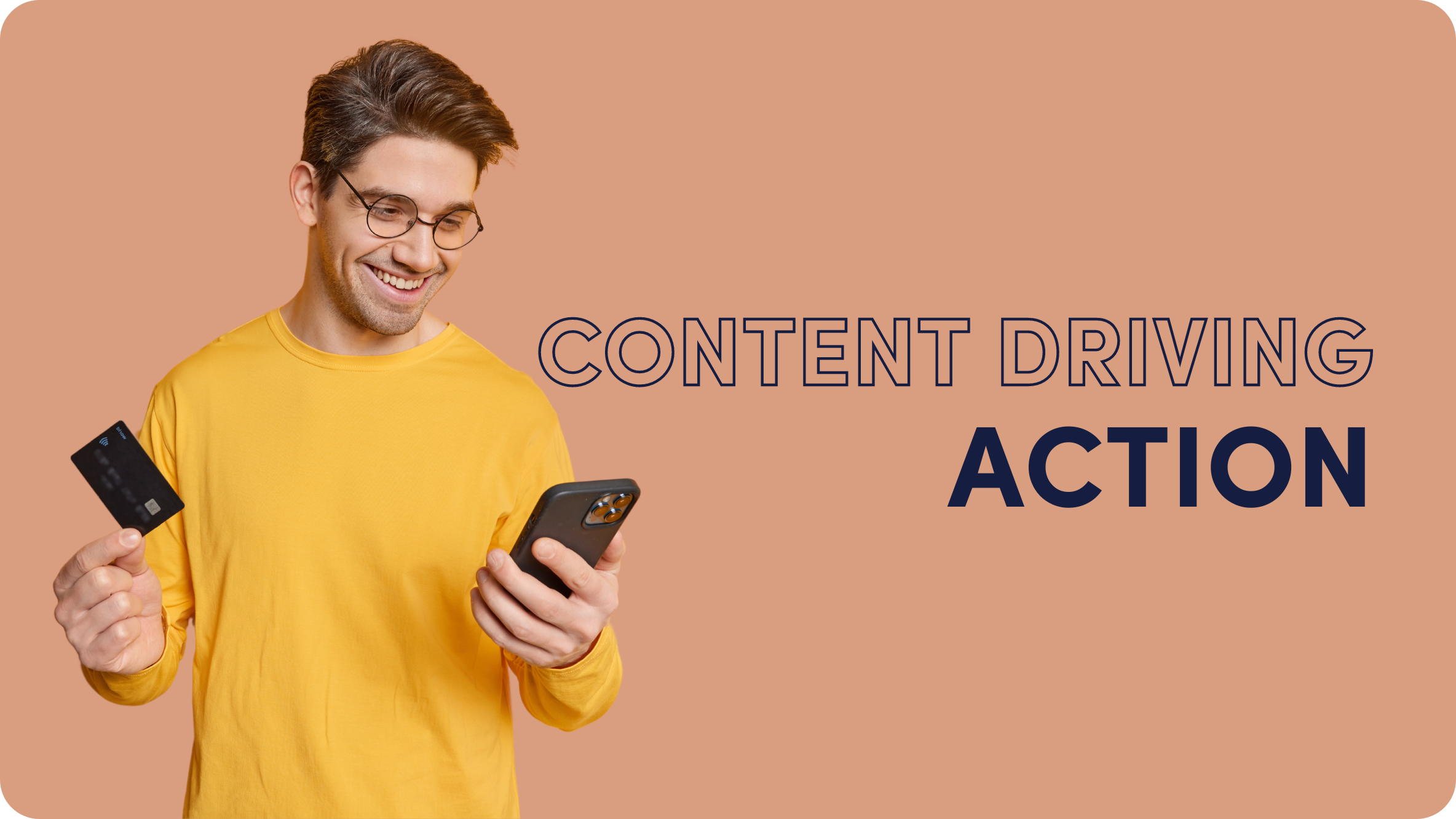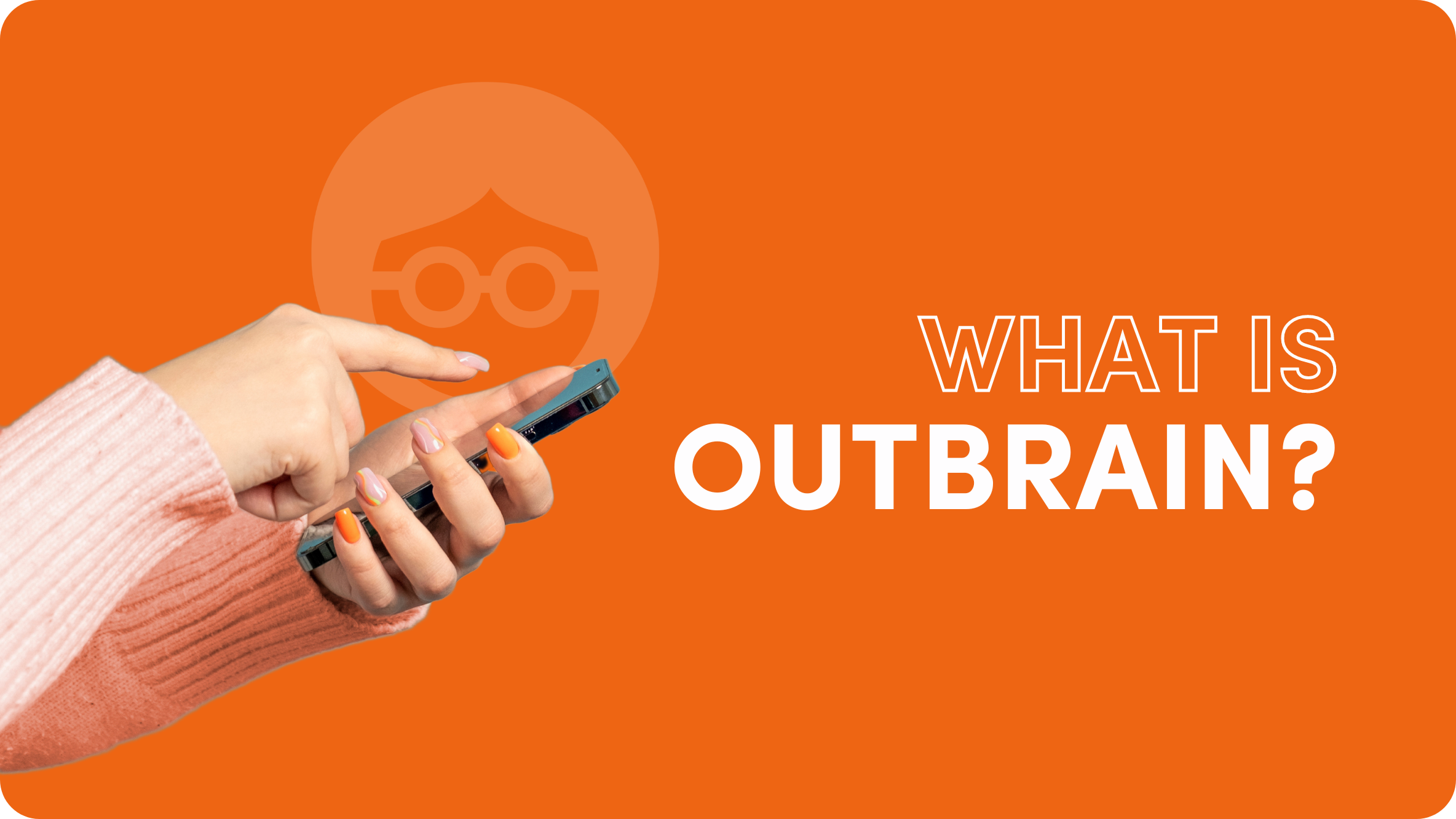How to Create a Lead Generation Machine With Your Existing Traffic

Getting “free” leads is no easy task. But that doesn’t mean you should give up. Your existing website traffic is probably ripe with potential leads, and it’s up to you to test the various tactics that might just bring them to the surface. But where to start? That’s what we’re here for…
Over the past few months, we’ve managed to generate a few thousand leads from our website, and they didn’t cost us anything extra! Now I’m going to reveal the step-by-step recipe for our “secret lead-gen sauce”. It includes a few surprising spices, but I think you’ll definitely get some tasty takeaways that you can apply to your own website and lead gen processes.
Here goes!
Ingredient 1: Define user intent
First, we use our search console to identify keywords that generate high organic traffic to our website. These keywords can be described as having “high intent”, because the people who search with them are very focused and looking for a specific solution.
Below you can see an example of high organic traffic to one of our web pages via the long-tail keyword “website promotion ideas”. Once we have identified a high intent keyword, we can then begin to craft a “custom” on-page answer that will engage the audience who used the specific keyword to arrive at our site.
When a user lands on the page and starts engaging with it (for example, scroll or time on site), we employ a sidebar popup that fits the query and try to monetize the session in an appropriate way. The idea is to provide a satisfying and valuable experience for the user, so they will engage further with the sidebar.
See this example from our Help Center. The user is exposed to a popup inviting them to download an ebook on a similar topic to what they were reading about in the Help Center.
Ingredient 2: No one size fits all
Any web page can be part of the lead-gen recipe, but you should try to minimize disruption to the user and prioritize the most relevant pages. For example, our homepage is by far the most consequential, so we only allow a sticky bar at the bottom. This is to prevent interference of the user experience while engaging with this important page and content. The sticky bar is continually tested to make sure it is effective, and we always try to feature exciting Outbrain content, such as registration for the recent exclusive Unveil event or promoting our ebook about how to use Outbrain.
Ingredient 3: Engage first, disrupt later
Some of our pages are built to explain wider topics or concepts in our industry, or provide an educational experience for our site visitors. For instance, our Native Advertising page is a great resource for people who are new to the industry or just learning about native advertising. The main idea of the page is to explain what is native advertising in a simple way, and provide a quick overview on how it works. After several tests, we discovered that an “exit” intent experience is essential to give visitors the highest chance to engage and trigger the monetization machine. Exit popups should always be in context with the topic of the page the user is leaving, and should always provide them with high value. Check out this example of an exit popup on our Native Advertising page:
Ingredient 4: Squeeze the lemon, but don’t forget to add sugar
When it comes to blog posts, there is always a potential mismatch between the article content and the featured banners. After a lot of ongoing tests, we discovered that the most balanced mix for us is the use of inline CTAs (CTAs within the body of the article) to drive traffic from the blog to a registration page that 100% aligns with the content of the post. Here’s an example of how we promote Outbrain Academy, our native advertising certification course, in one of our blog posts:
Ingredient 4: Give easy access to your basic offers
You may have tons of ideas of what you could promote to web visitors, but there are always the basic or core offers that tend to work most consistently and reliably. An example is subscribing to your blog. Many visitors will already have warmed up to this conversion by the time they have explored your site, so make sure to provide an easy way for them to access the offer. For example, we do this with a quick slide box on the homepage of our blog, inviting viewers to subscribe with minimum effort (they only need to provide their email address).
Ingredient 5: Enhance your footers
Most people tend to think that the website footer (the collection of elements found at the bottom of web pages) gets the least amount of attention. So why waste time and resources here? We think the opposite is true, so we put a strong focus on users who get to the footer and look for ways to provide them with high value there. See how we use our footer to promote a popular webinar, with a small design tweak to draw the eye and attract attention:
Another initiative we are rolling out at the moment is strategic lead gen activities, such as our 101 webinars (how to use the Outbrain dashboard) and the Outbrain Academy (the first digital native advertising course for Outbrain). However, these are more useful to drive current leads down the funnel and not for new acquisition activities.
Ingredient 6: Social media extensions
Whether you want to promote a recurring webinar or a strategic online event, use the event promotion solution offered by Linkedin to page owners. We’ve used it for upcoming events over the past few months and seen very interesting results. The biggest advantage of this feature is the online notifications from the Linkedin app, so everyone who clicked “Attending” will be alerted to register just in time.
Ingredient 7: Not every banner is blind
It’s true, most of us have banner blindness, meaning we don’t even notice the majority of banner ads on our screens anymore. But if you can find a way to make your banners stand out, without pushing them aggressively or annoyingly to viewers, banners still have major potential as drivers of high-value offers. See the example below of a successful banner in the sidebar area of our blog (you’ll also see it live right now, to the right of this page). It’s bold, but not obtrusive, and it promotes an ebook that provides actionable insights and valuable information to our audience:
So these are the 7 key ingredients in our super-organic lead generation recipe. Want to generate free leads from people already visiting your website? It’s not hard to do, and doesn’t take up too much time or resources.
Go on, now it’s your turn in the lead-gen kitchen 🙂




